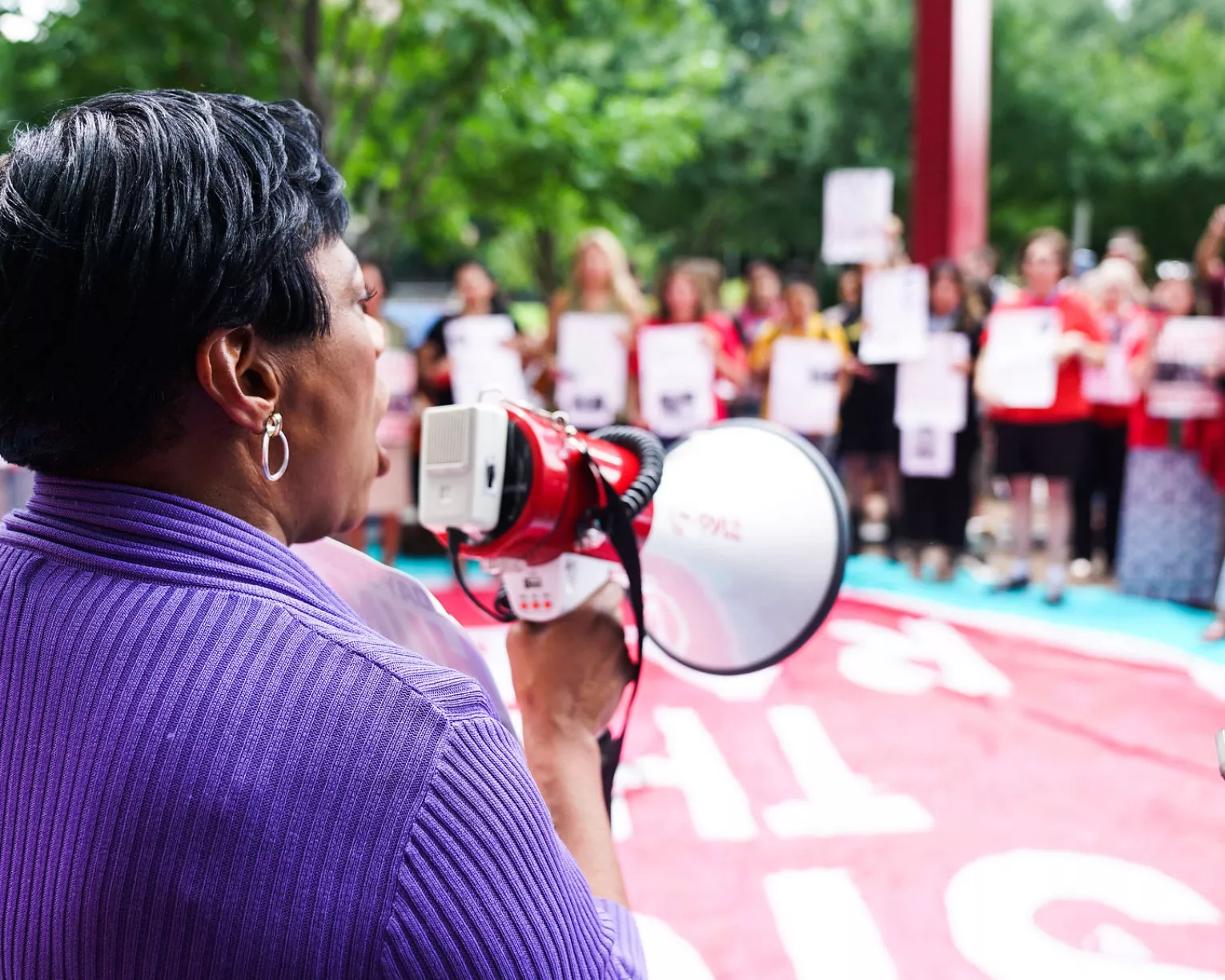Learn NEA's position on pending legislation related to public education, and take action to protect our schools
We're speaking up for our students and public schools. Visit our Action Center to find out what you can do.
Learn More
Published: December 2, 2021
Providing a high-quality education for children before they turn five yields significant medium- and long-term benefits for students.
Children in early childhood education programs are:
- Less likely to repeat a grade
- Less likely to be identified as having special needs
- More prepared academically for later grades
- More likely to graduate from high school
- Higher earners in the workforce
Access to effective, diverse programs breaks down structural barriers that have prevented all children–particularly children of color and children from disadvantaged families–from achieving their full potential.
Bills in Congress
-
Support
HR 3264 Respect, Advancement, and Increasing Support for Educators (RAISE) Act www.congress.gov
Introduced on May 11, 2023
A bill that aims to increase the compensation of early childhood, elementary, and secondary school teachers through refundable tax credits of up to $15,000
We're speaking up for our students and public schools. Visit our Action Center to find out what you can do.
Suggested Further Reading
-
Unifying Framework for the Early Childhood Education Profession
Power to the Profession National Task Force
-
Impacts of Early Childhood Education on Medium- and Long-Term Educational Outcomes
U.S National Libary of Medicine
-
Untangling the Evidence on Preschool Effectiveness: Insights for Policymakers
Learning Policy Institute
Are you an affiliate?
Jump to updates, opportunities, and resources for NEA state and local affiliates.

Speak Up For Students and Public Schools
When we act together and lift our voices together in unison, we can improve the lives of children.


